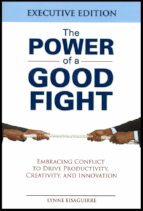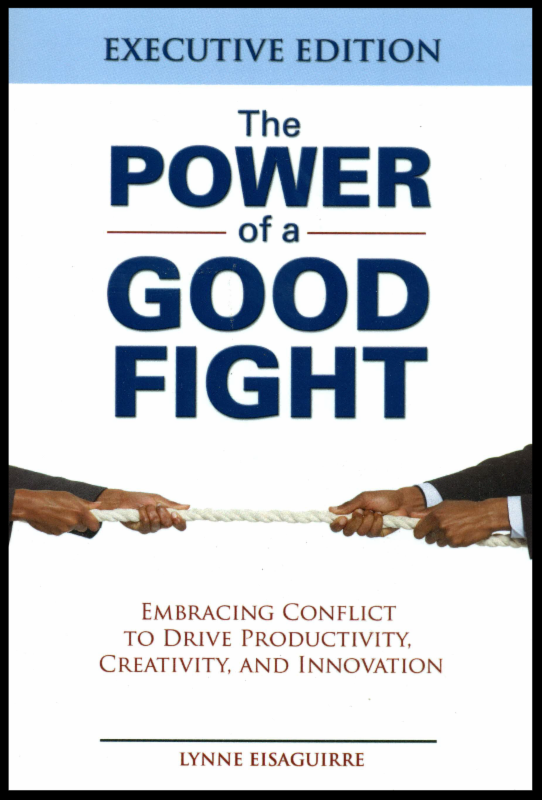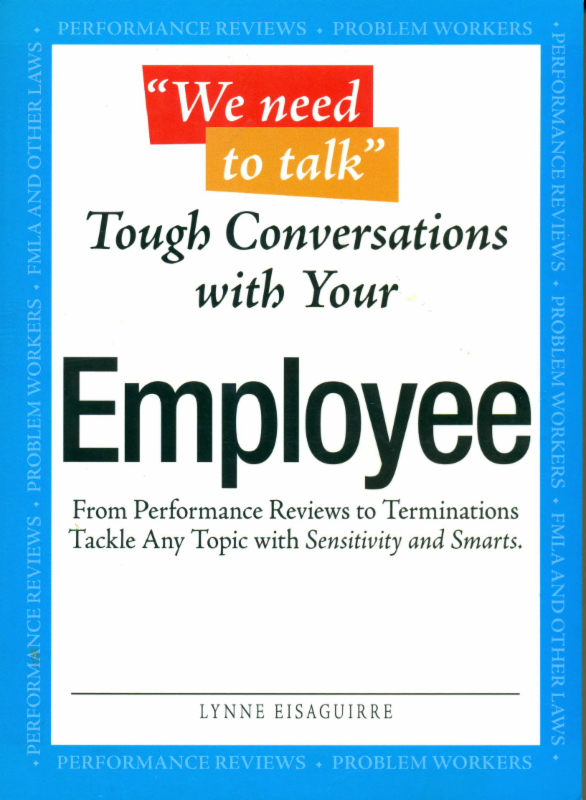1) Revisit Often. Missions, visions and values should not be left to the communications department but should sit on every leader’s desk, reviewed daily. What actions are they taking today that are consistent with these ideals? What actions are inconsistent?
2) Change, When Needed. “The best laid plans…” “We plan and God laughs”. We’ve all heard
these rubrics. What’s important is that missions, visions and values are agile, updated and re-examined as needed. When we fail to take account of changing times and changing resources, we are limiting our success.
3) Use Concrete Visions. When we work with different organizations, we are subjected to many organizations whose visions could have been lifted from their own competitors. “We strive to be a world class company that provides the best value for our customers,” and so on.
Visions frequently sound the same and when the new vision is presented to employees, they nod their heads and fall asleep.

Instead, how about “moon-shot” visions?
“Our vision is to put a man on the moon by ___” (JFK)
“Our vision is to put a computer on every desk by ___” (Apple?)
These kinds of visions help wake people up and move them in a measureable, exciting direction. They may be terrified that the vision is insane but they won’t be bored and — if the leader is strong enough — your people will work with dedication and speed to bring your vision into reality.
 September 24, 2018
September 24, 2018





 Most of our clients these days spend time working on visions, values and missions. This is clearly a worthy exercise, yet the results are often disappointing.
Most of our clients these days spend time working on visions, values and missions. This is clearly a worthy exercise, yet the results are often disappointing.



